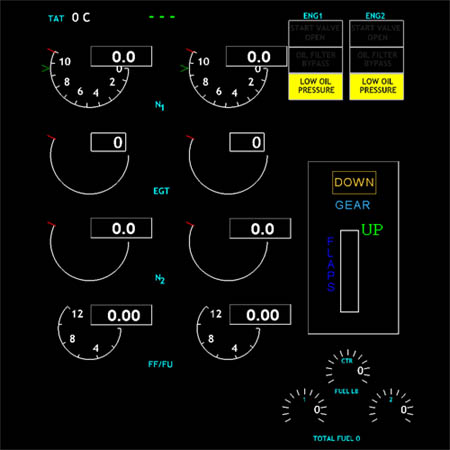I read a news item recently . According to the article, the wingtip of an Airbus A-320 collided with the left wing of an A-330 while on the taxiway at Mumbai airport. The A-320 (VT-IFP) experience a damaged sharklet. The collision was observed by a passenger and then shared with the aircraft staff (flight attendants I guess) who informed the captain. The plane was led to a hangar, passengers de-boarded and sent on other plane/s by the airline.
What I want to know is: aren't there any sensors which can detect an impact and give/share that information to the pilot? I do understand that the airplane takes a lot of jerk and movement during takeoff and landing as well as during turbulence.
But when damage as such as the one described above happens, why isn't there some automated system that could inform the pilot instead of having to rely on a passenger's keen eyes?


